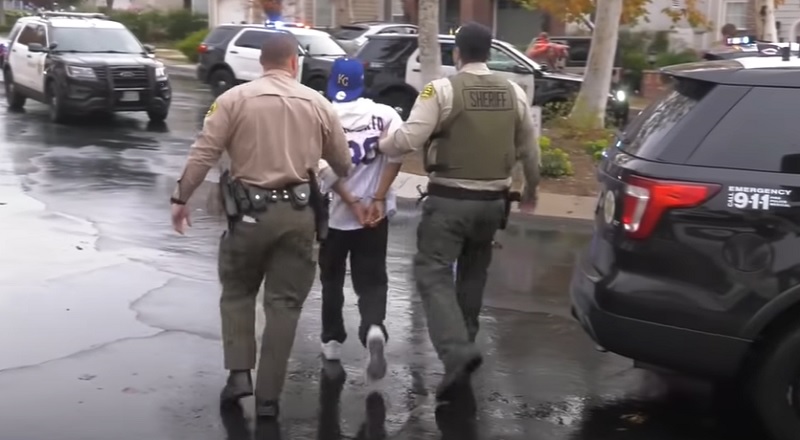
Why didn’t they de-escalate? That’s the question posed after police use of force events asked by citizens of goodwill and skeptics alike. It is a valid question and one that deserves an answer. The answer is that the officer did de-escalate if they kept a situation from getting to its worst potential outcome.
Although the term (an unfortunate one, in this writer’s opinion) has been applied to police tactics for less than a decade, police officers, teachers, medical professionals, parents, and retail clerks have been doing it since the first argument. I prefer the concept of neural braking which is an interruption in the decision-making process that keeps us from hitting “send” on a mean email or doing our own PIT maneuver on the knucklehead that cut us off in traffic.
Reviewing a little brain science is a good place to begin. Humans engage in behavior with some purpose, consciously or subconsciously in mind. Behavior achieves movement toward some goal from some source of need or motivation. The need may be hunger, the need for attention, or the need for dominance. When that need is frustrated, a person may react in a positive way or a negative way. Positive behavior might be to give up, to establish a new way to meet the need. Or to mentally reframe the conflict to resolve it. Negative behavior in reaction to the frustration is often some type of aggression that might be internalized as withdrawal or even suicide, or aggression against a person or persons perceived to be the blame. So, while external events can trigger aggression, the origin of the behavior is in the mind.
What happens in the mind generates chemical changes in the brain and the body. When a police officer is dealing with a person in a behavioral state of aggression they are faced with only two choices. One is to attempt to get the person to undergo an internal change of thought to gain control over the person’s behavior. We all know from our own experience that the decision to change our behavior in the middle of a conflict is very difficult and that the decision to overcome our aggressive impulses takes time. We are told to calm down, but our body chemistry has already been activated. Changing that chemistry, generically referred to as adrenalin, takes time, just like slowing the speed of an automobile. That is why I like the label of neural breaking.
When an officer has time to communicate effectively with a person behaving dangerously, they can help the person alter their internal decision-making. This is internal de-escalation. If time is not available and the behavior is creating an imminent threat, then external de-escalation becomes necessary. The officer may be able to “buy time” by using distance or some barrier between the aggressive person and themselves or others in harm’s way. If that is not practical, based on all the factors known to the officer, then force may be needed to externally de-escalate.
This is why we should consider reasonable force to be part of de-escalation. If a person is charging another with a knife, for example, an officer may need to use deadly force to stop the aggression. The officer had de-escalated the dangerous behavior by physically stopping it. That is not a failure of de-escalation, but a successful de-escalation. So when critics cry “Why didn’t they de-escalate the situation?”, the answer is that they did.
The mythology around so-called de-escalation is that every situation provides an opportunity to create in the mind of the aggressor a reason to stop their dangerous behavior. This simply isn’t true when the circumstances do not provide the safety of time and distance. Fortunately, officers have a variety of tools for both internal neural braking and external de-escalation. These tools range from negotiation to less lethal means of disabling an attacker. They also include a variety of weapons available on the officer’s tool belt to stop the threat, whether that be a baton, pepper spray, or their duty weapon. It is why they are armed, but also why deadly force is statistically rarely used. But that final option must remain as the ultimate de-escalation.